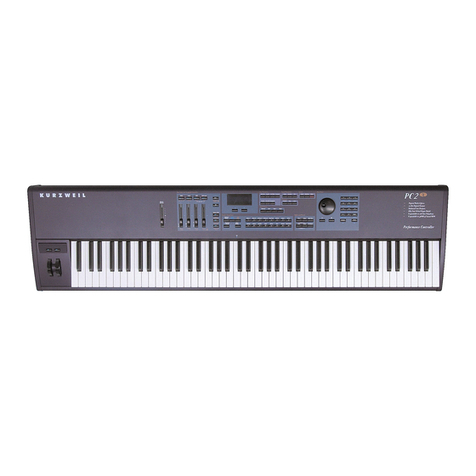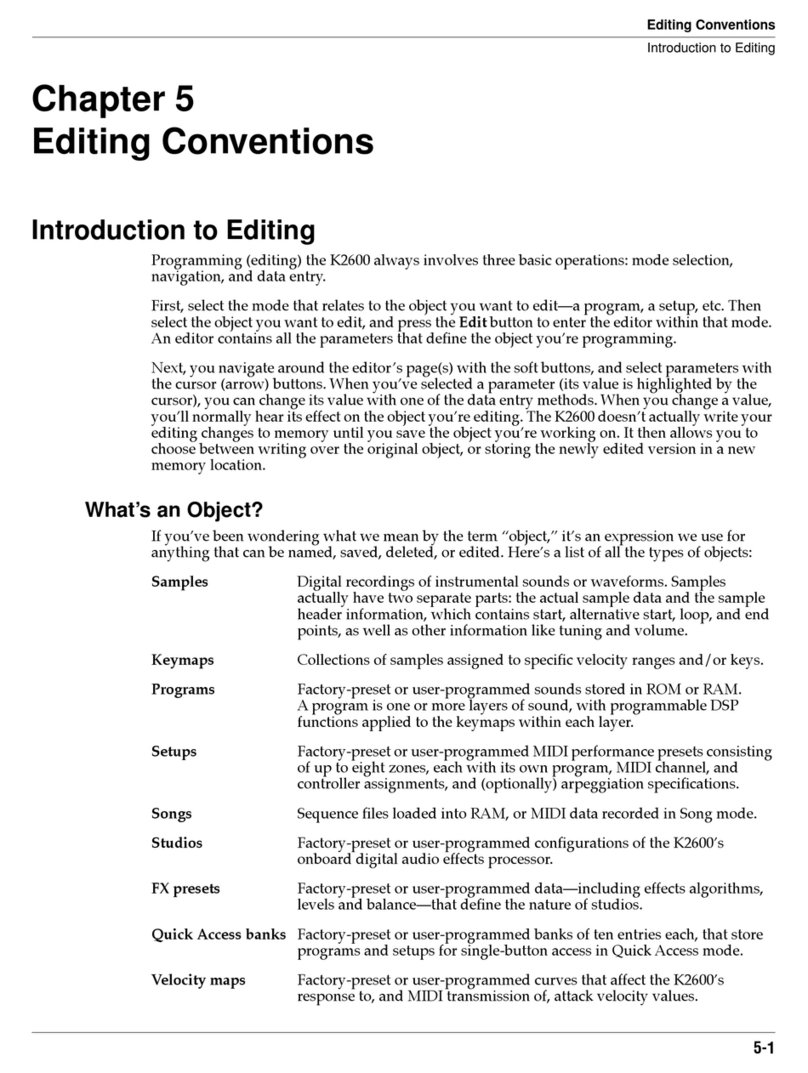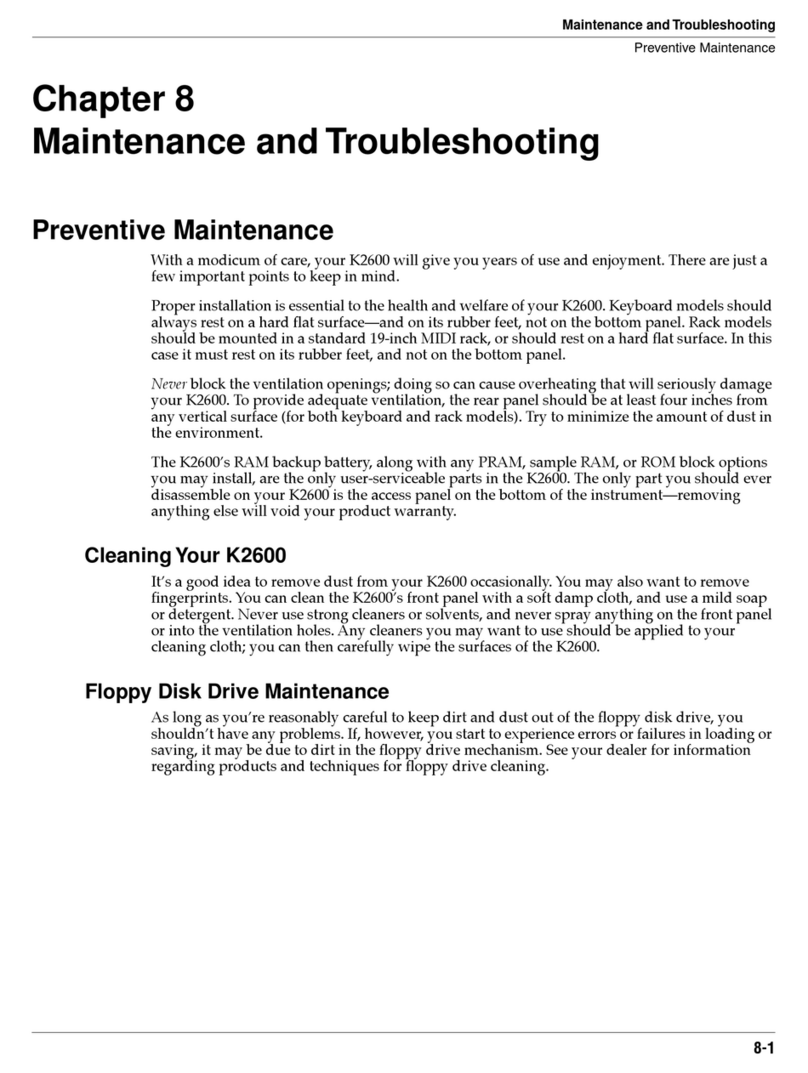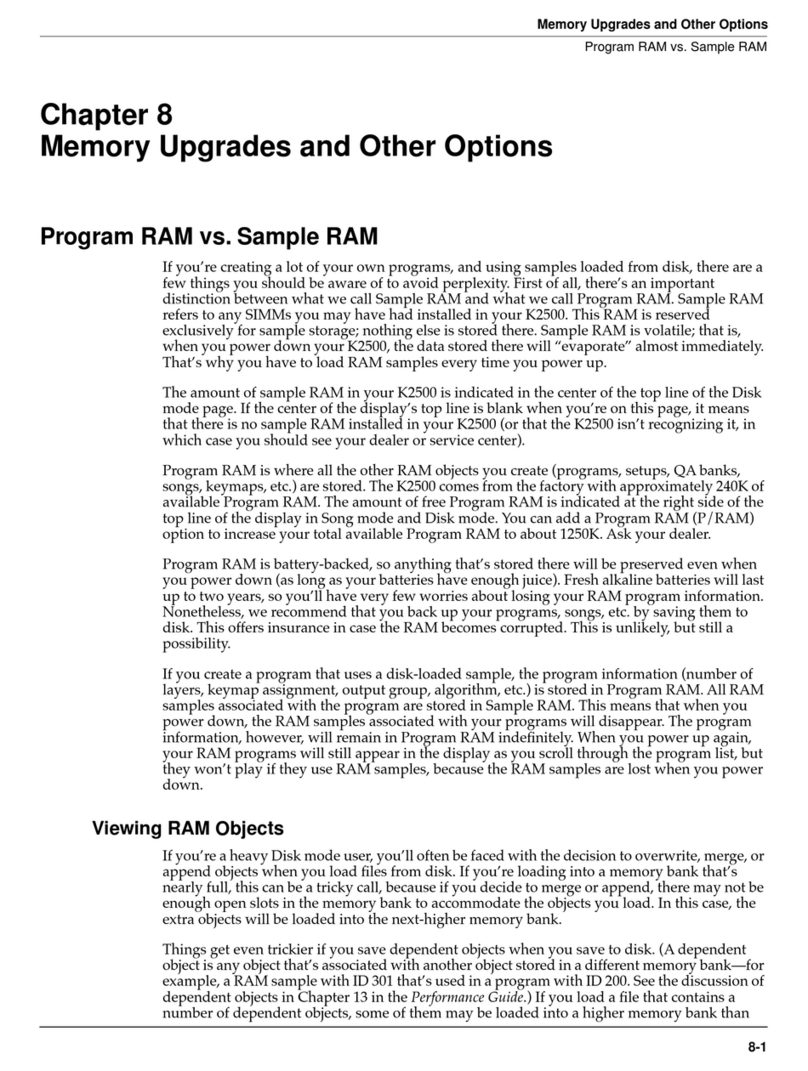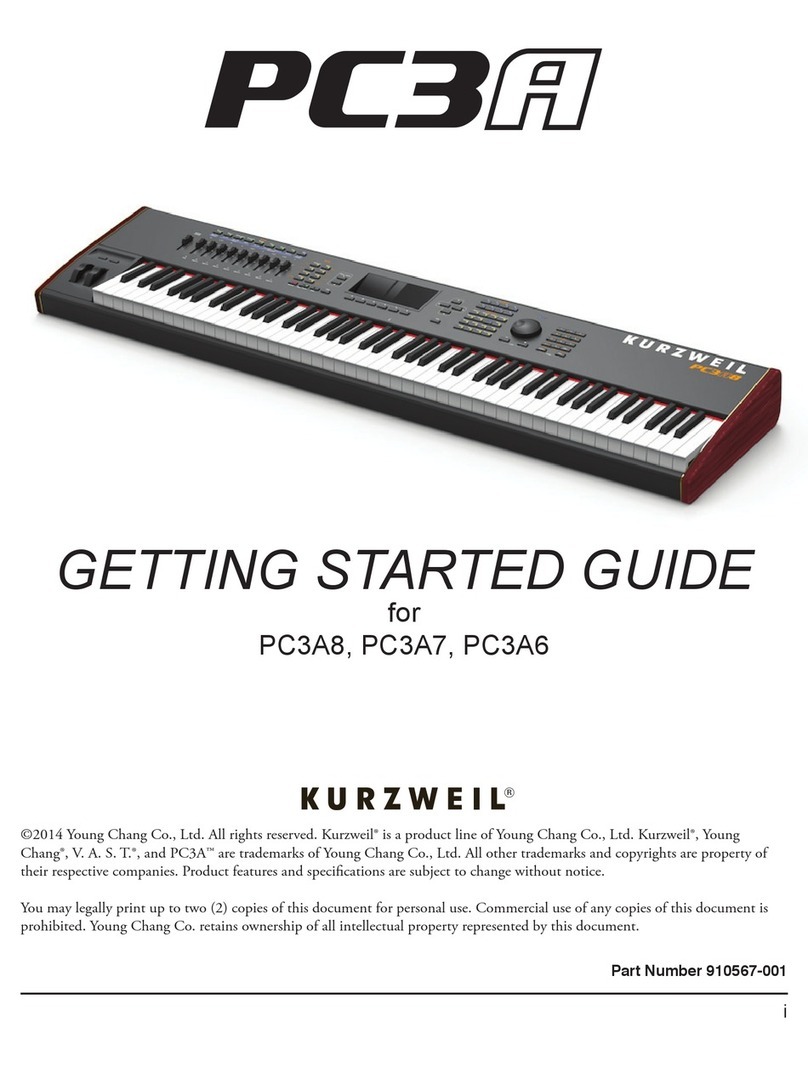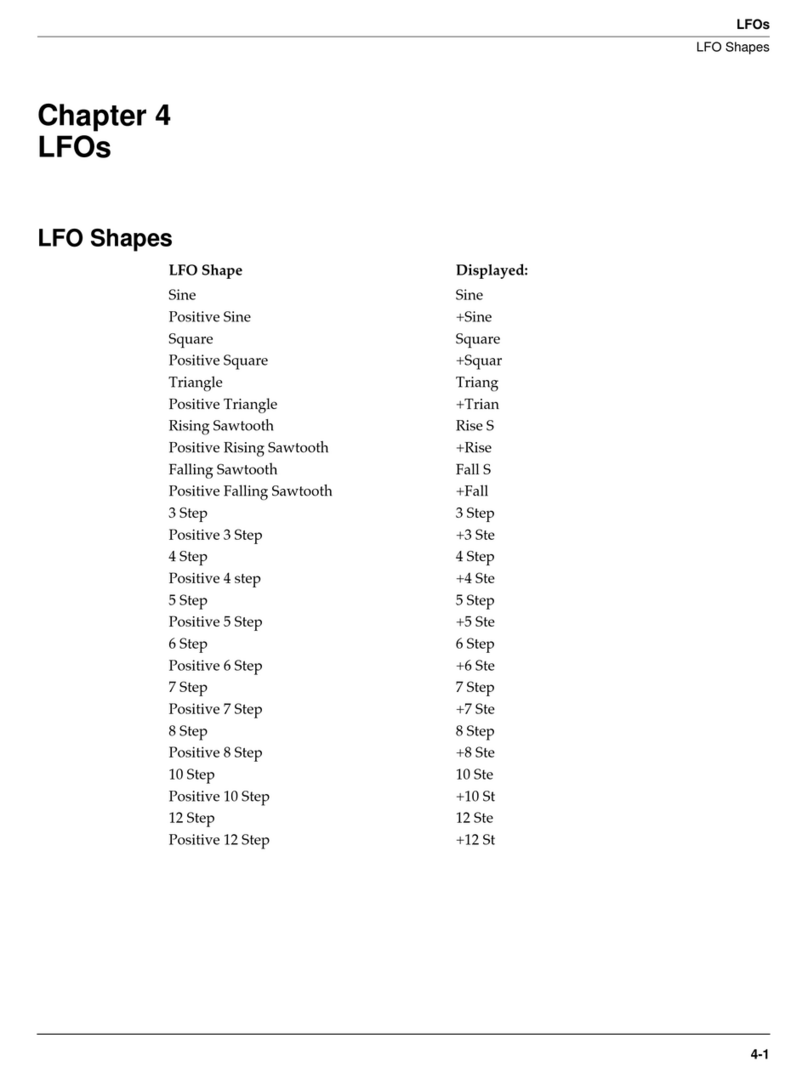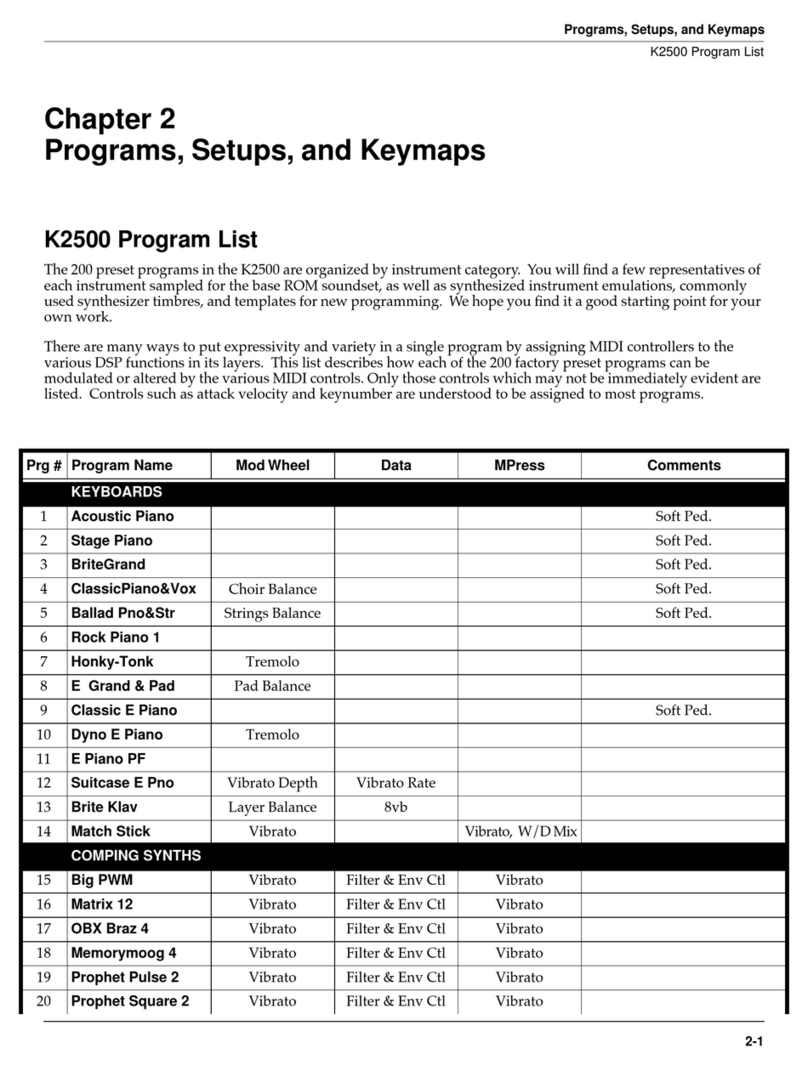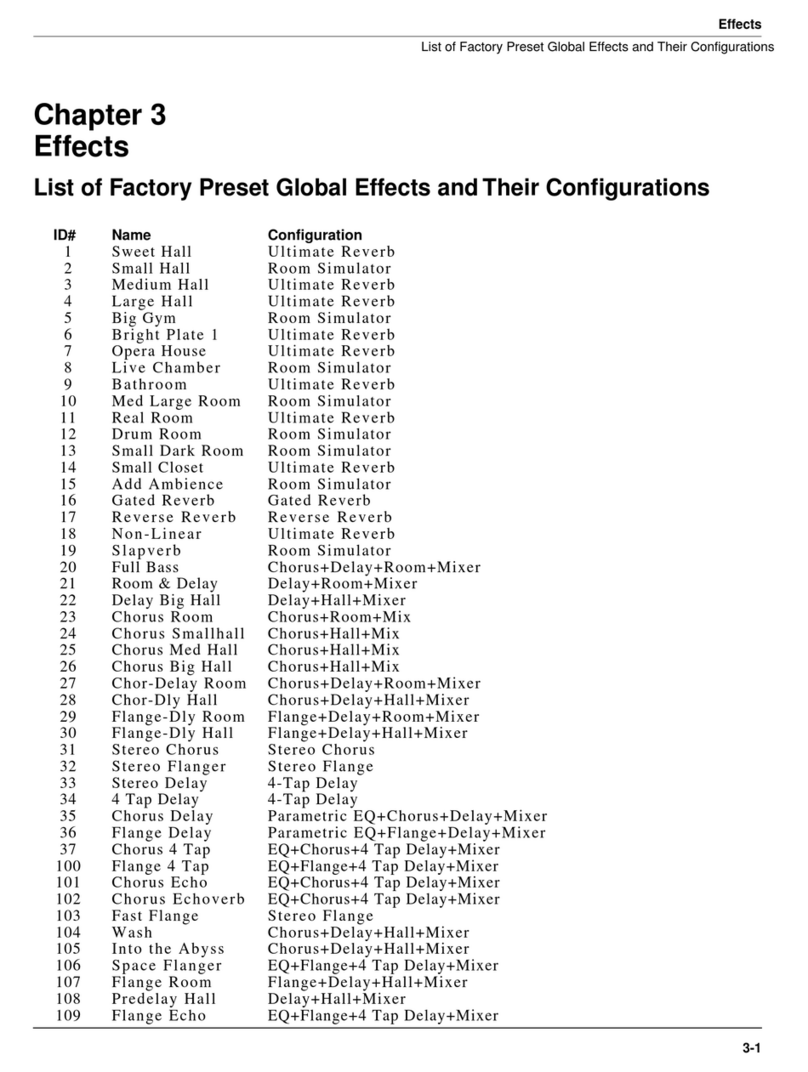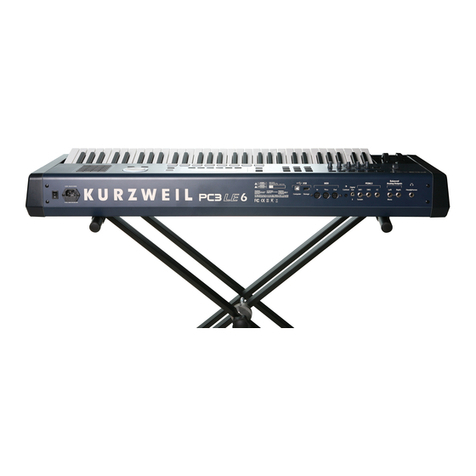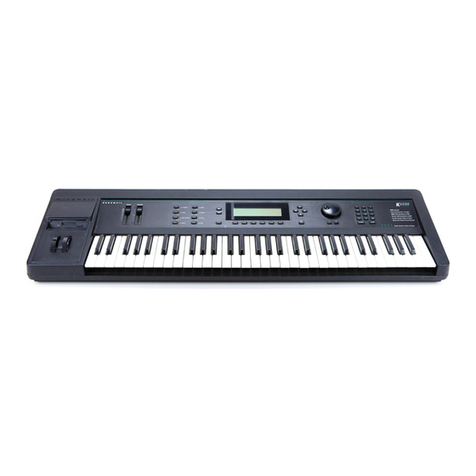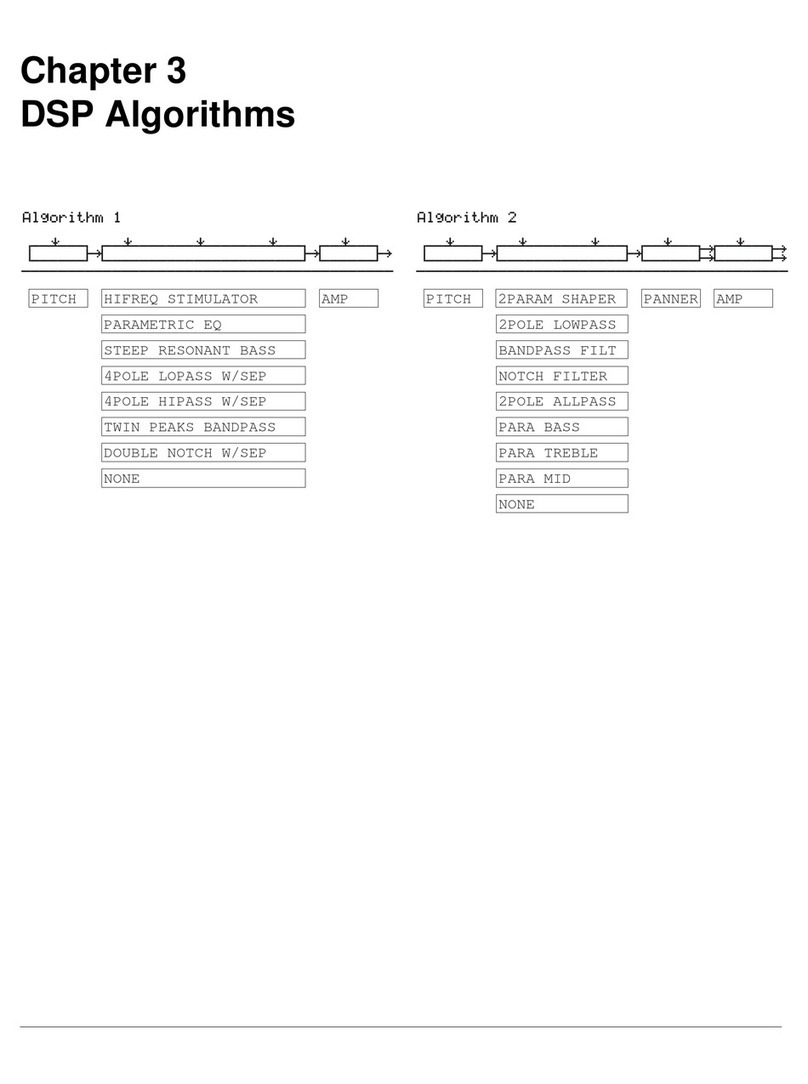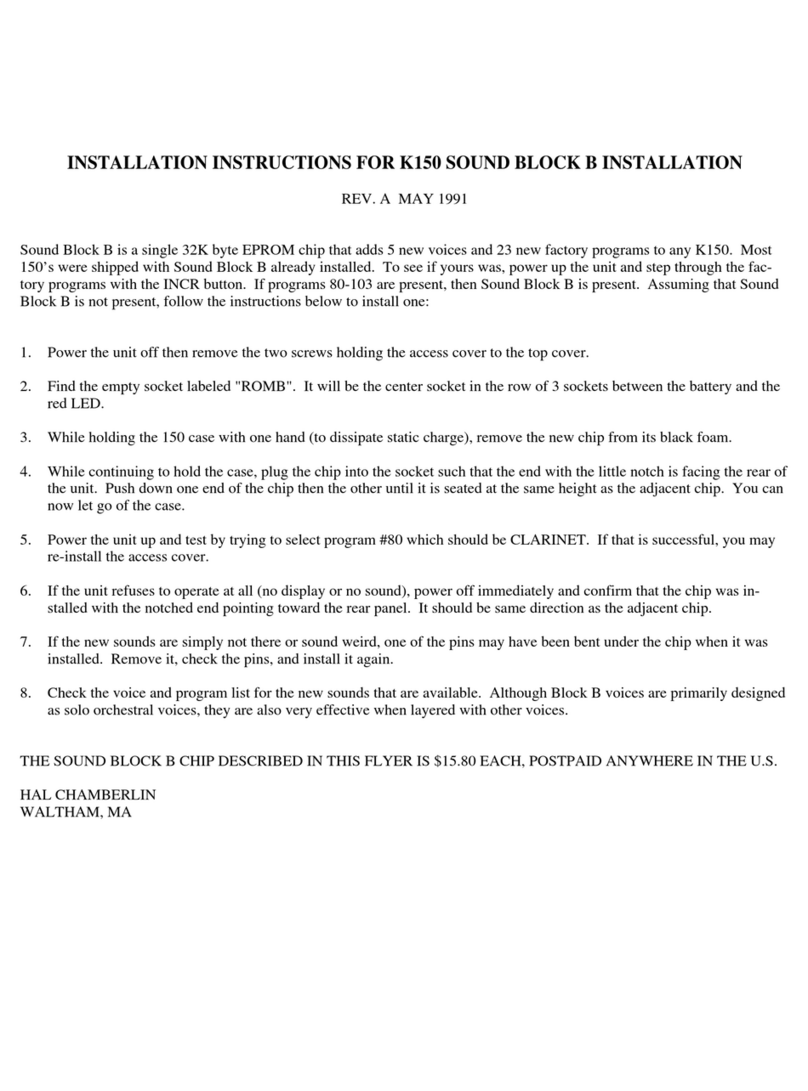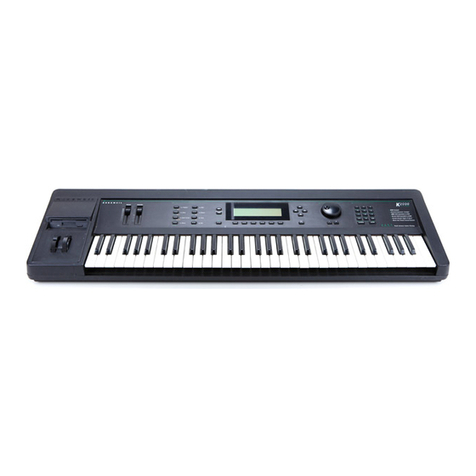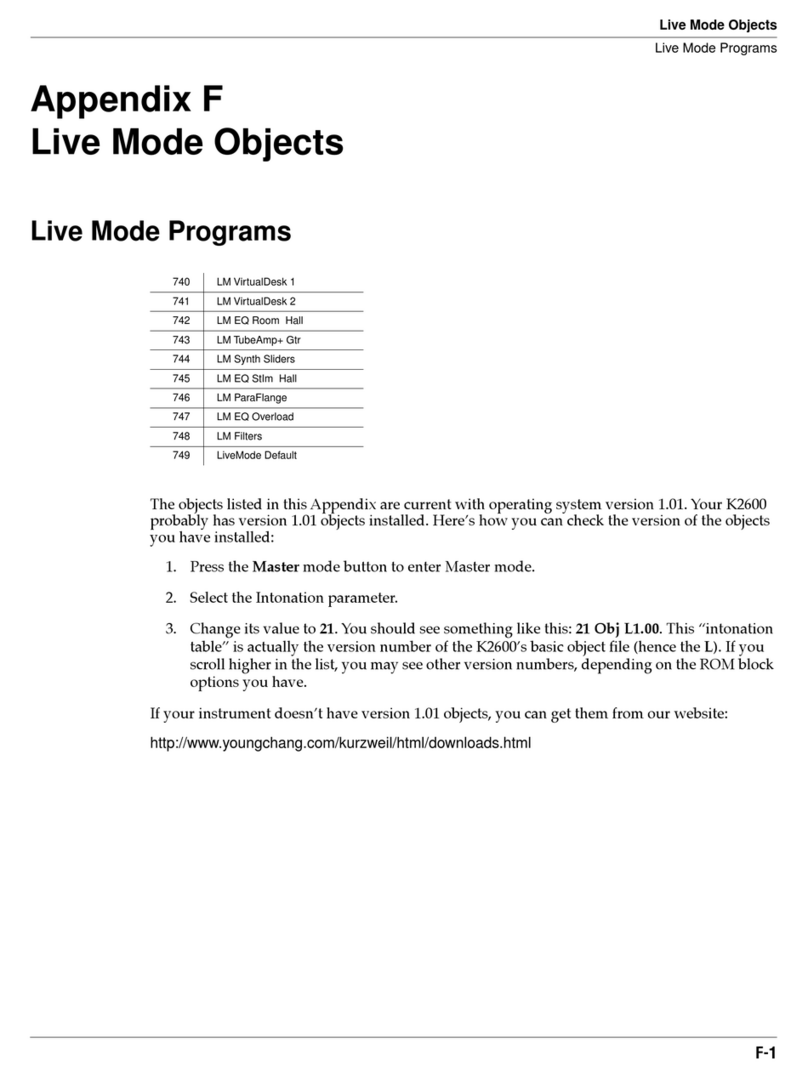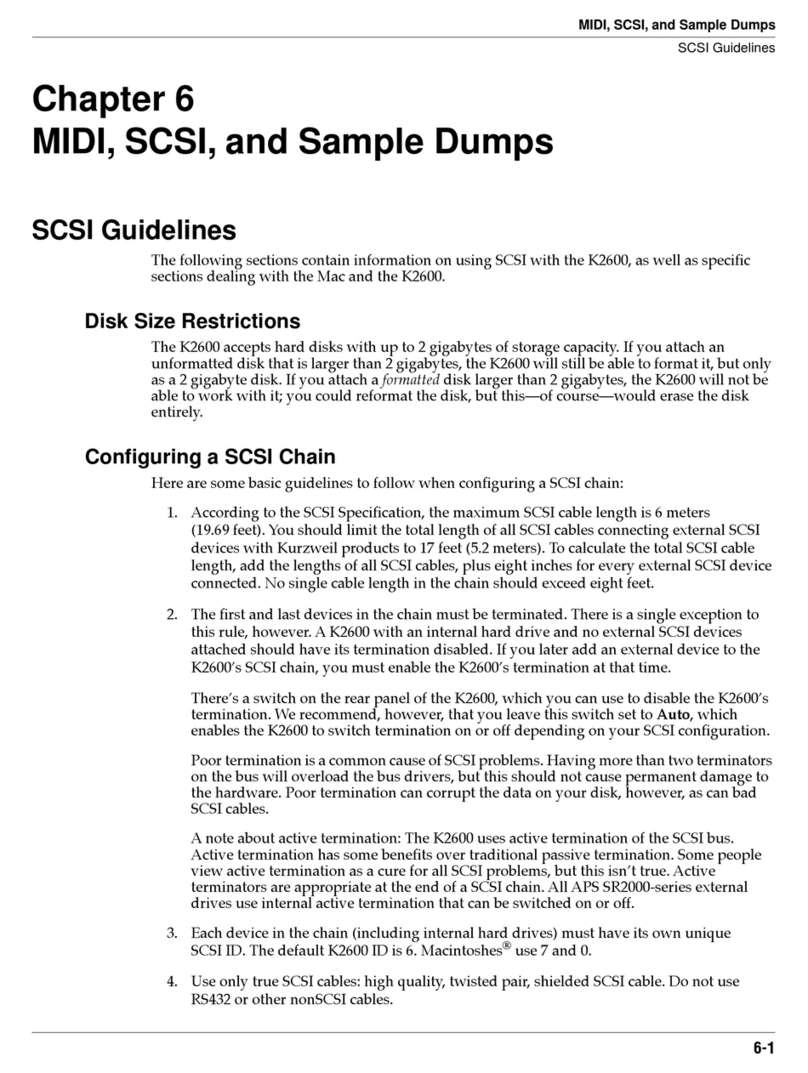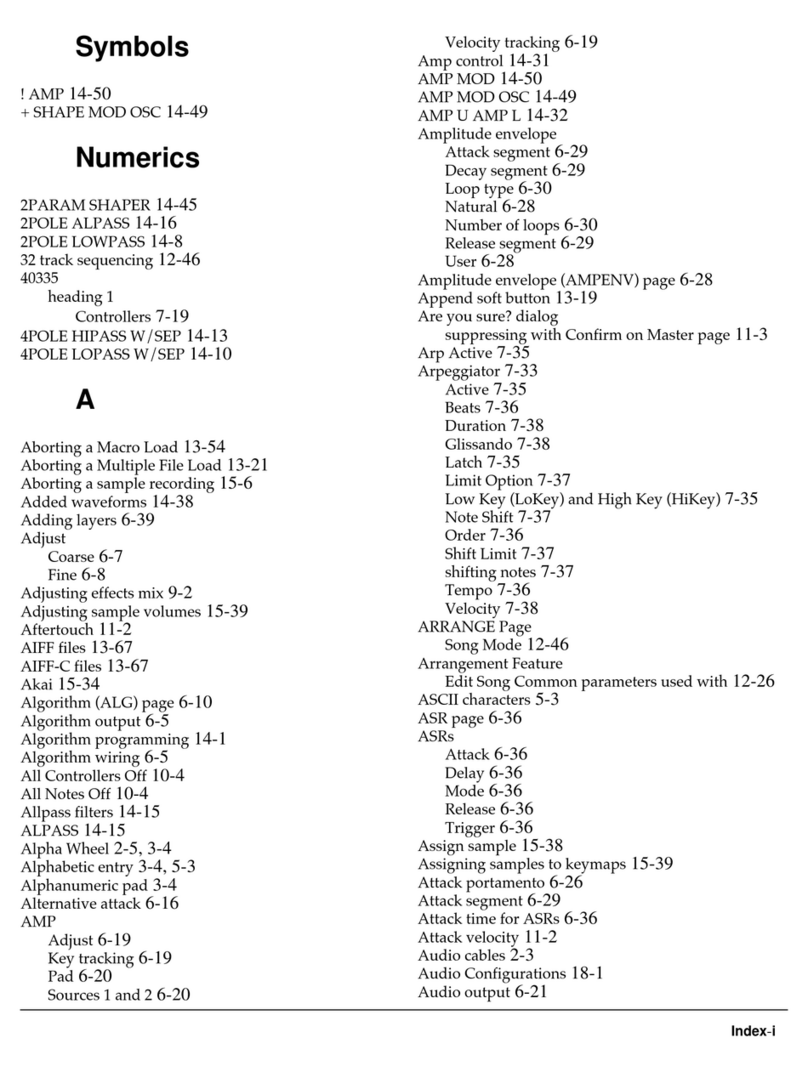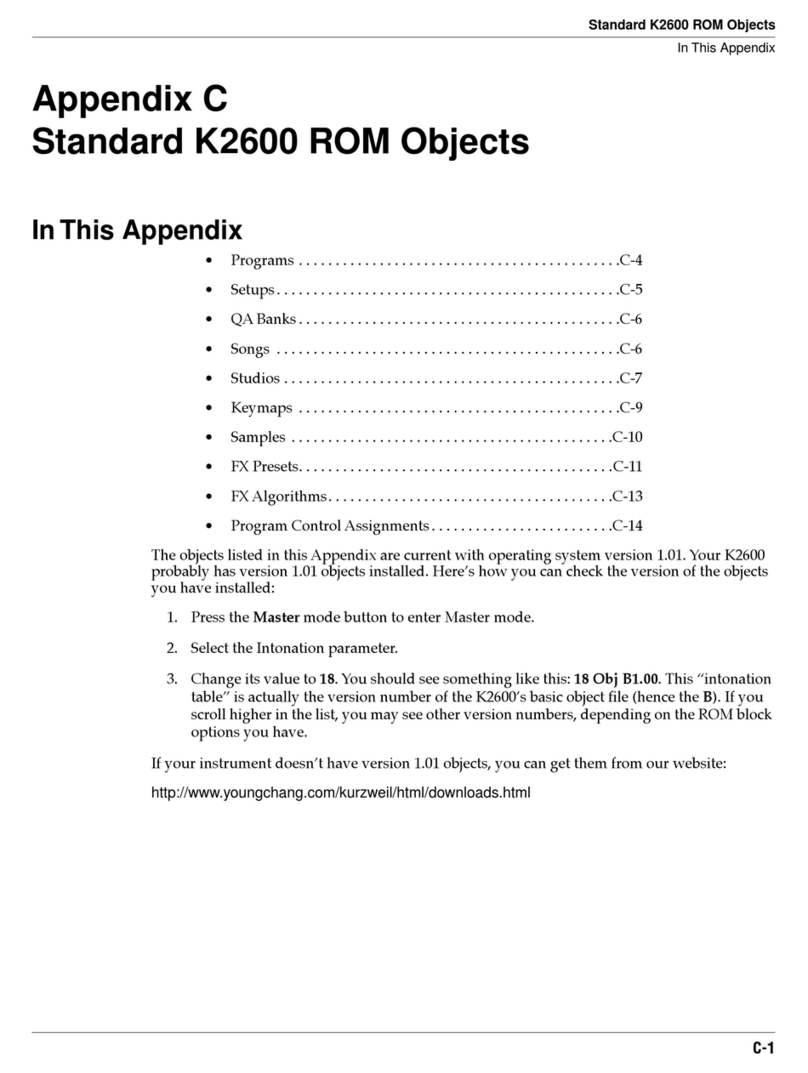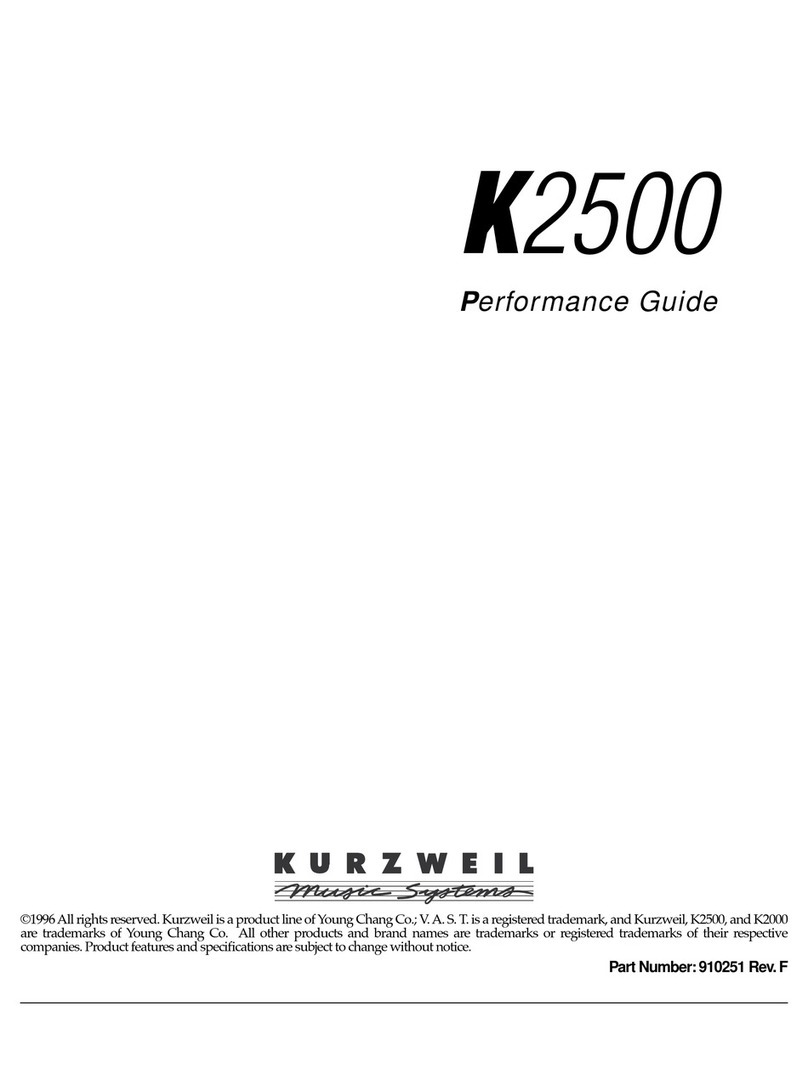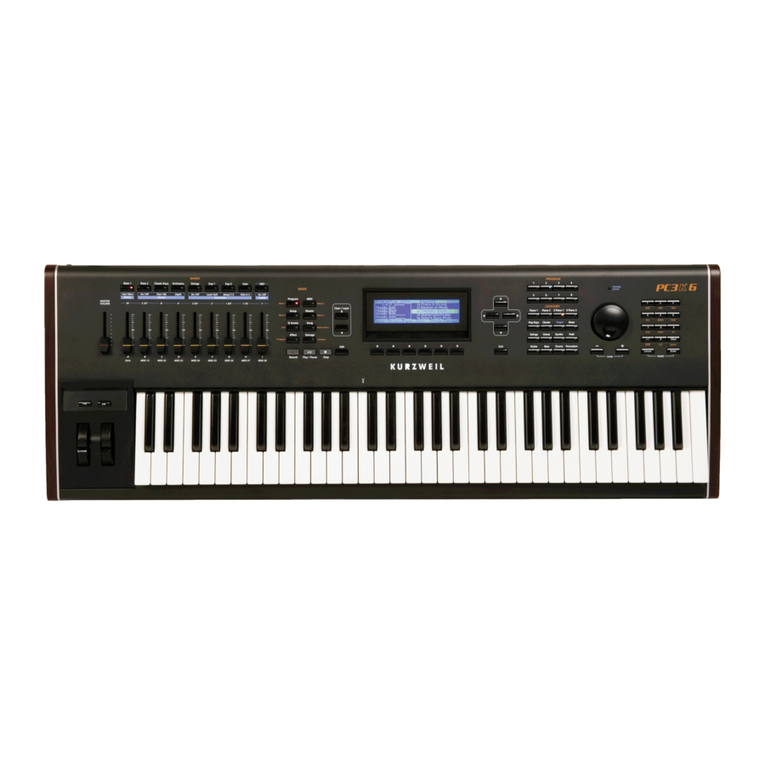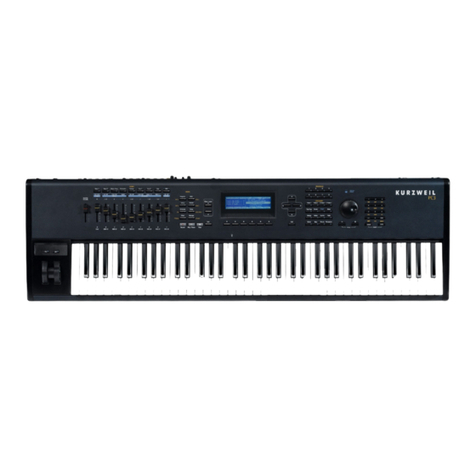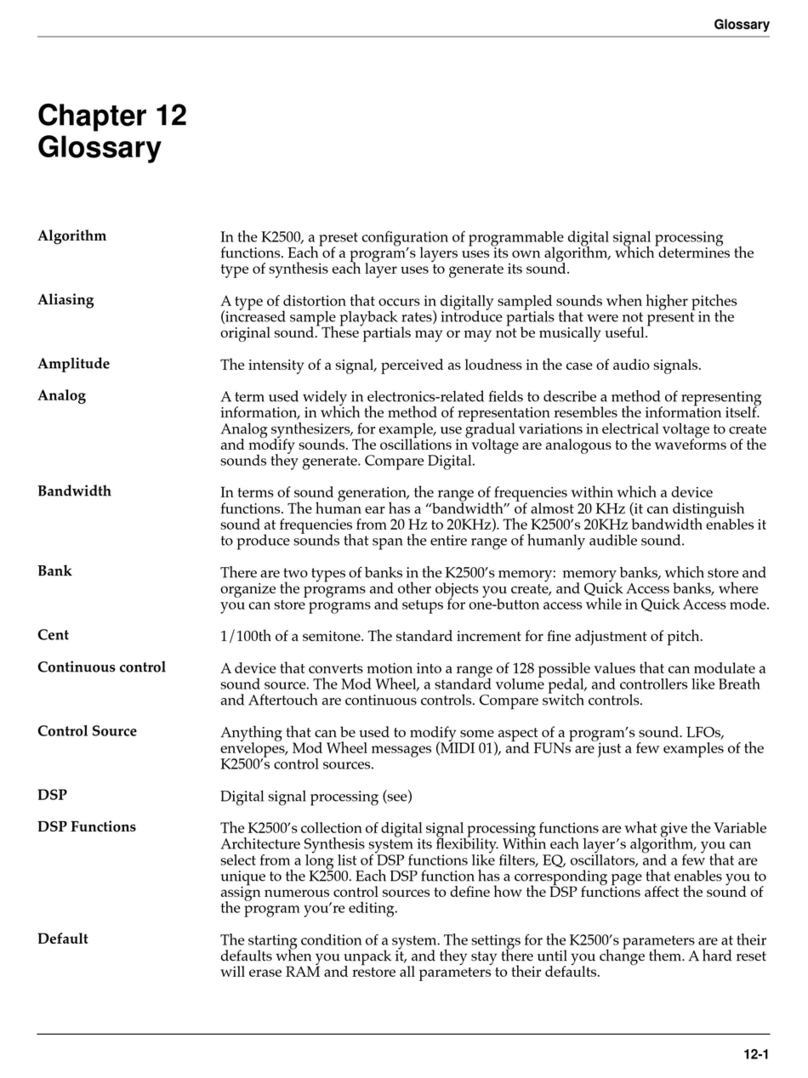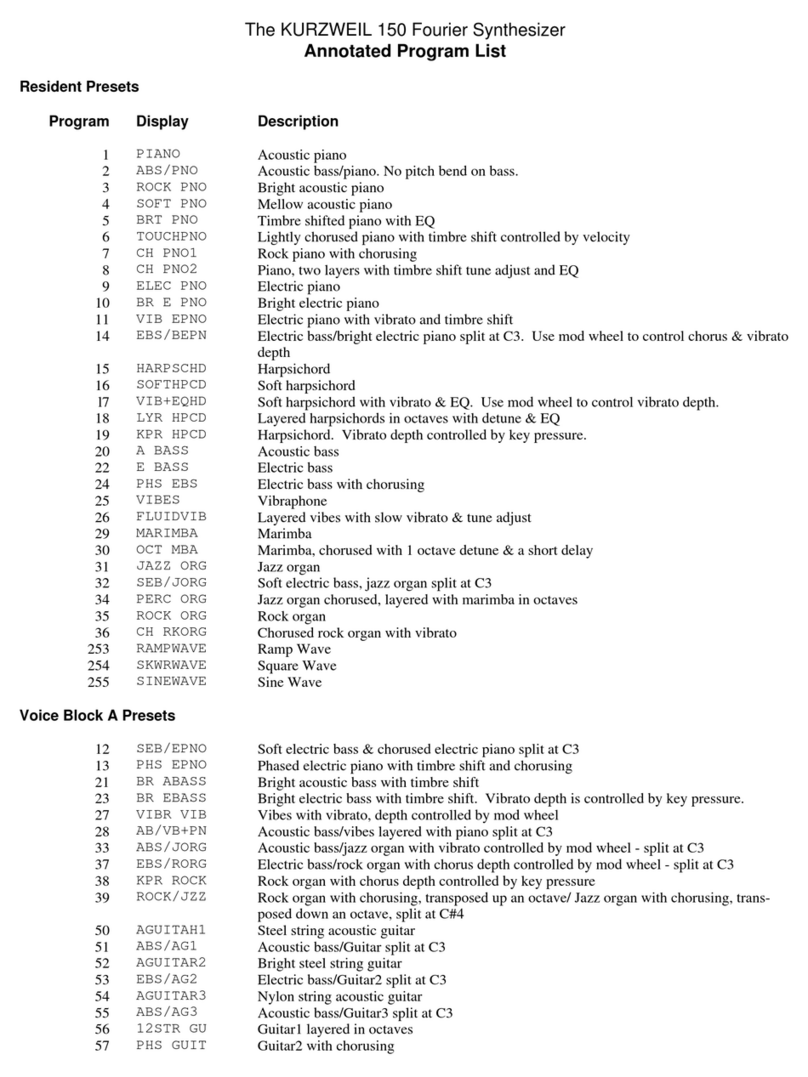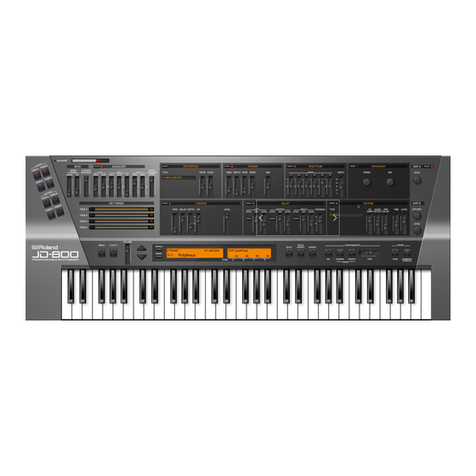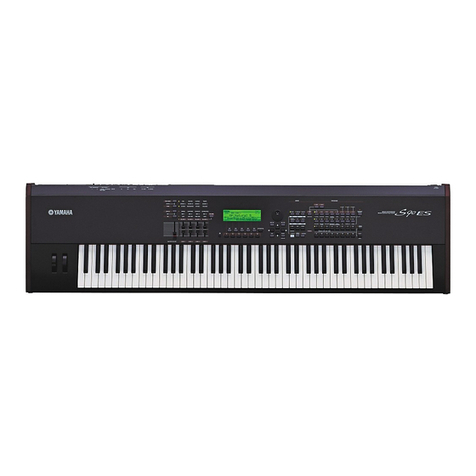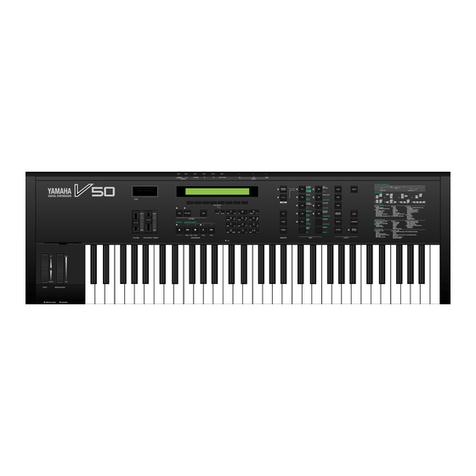&
'fllllllIillLL
EXPLANATION OF GRAPHIC SYMBOLS:
RISK
OF
ELEC'l'RK:
SB>CJ[
DO
NOT
OPEN
WARNKx
TO
RF.DU:E
TIiE
RISK
Cf
ELFCTIOC
SID<X
DO
f\OT
RFMJVE
TIiE
BOITQ\1.
NO
lliER
SERVaABLE
B\RTS
IN)[)E
REFER
SEIMJNG
TO
QlWJFIED
SERVU
1'ERSCNN8...
The lightning
tIash
with
the
arrowhead symboL within
an
equiIIatenI triangle,
i5
intended to alert the userto the presence
ofWlinsulated "dangerous voltage" wiithin the producrs
enclosure that may
be
of
sufficient magnitude
to
constirute a
risk
of
electric shock
to
persons.
The exclamation pointwithin an equilateral traiagle
is
intended
to alert the user
to
the presence
of
important operating and
maintenance (servicing) ins1ructions in the literature
accompanying
the
product
IMPORTANT
SAFETY
AND
INSTALLATION INSTRUCTIONS
INSTRUCTIONS
PERTAINING
TO
THE
RISK
OF
FIRE,
ELECTRIC SHOCK,
OR
INJURY
TO
PERSONS
WARNING
-When
using
electric
products,
basic
precautions
should
always
be
followed,
including
the
following:
1.
Read
all
of
the
Safety
and
Installation
Instructions
and
Explanation
of
Graphic
Symbols
before
using
the
product.
2.
This
product
must
be
grounded.
If
it
should
malfunction
or
breakdown,
grounding
provides
a
path
of
least
resistance
for
electric
current
to
reduce
the
risk
of
electric
shock.
This
product
is
equipped
with
a
power
supply
cord
having
an
equipment-grounding
conductor
and
a
grounding
plug.
The
plug
must
be
plugged
into
an
appropriate
outlet
which
is
properly
installed
and
grounded
in
accordance
with
all
local
codes
and
ordinances.
DANGER
-
Improper
connection
of
the
equipment-grounding
conductor
can
result
in
a
risk
of
electric
shock.
Do
not
modify
the
plug
provided
with
the
product
-
if
it
will
not
fit
the
outlet,
have
a
proper
outlet
installed
by
a
qualified
electrician.
Do
not
use
an
adaptor
which
defeats
the
function
of
the
equipment-grounding
conductor.
If
you
are
in
doubt
as
to
whether
the
product
is
properly
grounded,
check
with
a
qualified
serviceman
or
electrician.
3.
WARNING
-
this
product
is
equipped
with
an
AC
input
voltage
selector.
The
voltage
selector
has
been
factory
set
for
the
main
supply
voltage
in
the
country
where
this
unit
was
sold.
The
setting
of
the
voltage
selector
can
be
seen
just
to
the
right
of
the
power
input
receptacle
on
the
back
of
the
product.
Changing
che
voltage
selector
may
require
the
use
of
a
different
power
supply
cord
or
attachment
plug,
or
both.
The
reduce
the
risk
of
fire
or
electric
shock,
refer
servicing
to
qualified
maintenance
personnel.
4.
Do
not
use
this
product
near
water
-
for
example,
near
a
bathtub,
washbowl,
kitchen
sink,
in
a
wet
basement,
or
near
a
swimming
pool,
or
the
like.
5.
This
product
should
only
be
used
with
a
stand
or
cart
that
is
recommended
by
the
manufacturer.
6.
This
product,
either
alone
or
in
combination
with
an
amplifier
and
speakers
or
headphones,
may
be
capable
of
producing
sound
levels
that
could
cause
permanent
hearing
loss.
Do
not
operate
for
a
long
period
of
time
at
a
high
volume
level
or
at
a
level
that
is
uncomfortable.
If
you
experience
any
hearing
loss
or
ringing
in
the
ears,
you
should
consult
an
audiologist.
7.
The
product
should
be
oriented
such
that
its
location
or
position
does
not
interfere
with
its
proper
ventilation.
8.
The
product
should
be
located
away
from
heat
sources
such
as
radiators,
heat
registers,
or
other
products
that
produce
heat.
9.
The
product
should
be
connected
to
a
power
supply
only
of
the
type
described
in
the
operating
instructions
or
as
marked
on
the
product.
10.
This
product
may
be
equipped
with
a
polarized
line
plug
(one
blade
wider
than
the
other).
This
is
a
safety
feature.
If
you
are
unable
to
insert
the
plug
into
the
outlet,
contact
an
electrician
to
replace
your
obsolete
outlet.
Do
not
defeat
the
safety
purpose
of
the
plug.
11.
The
power
supply
cord
of
the
product
should
be
unplugged
from
the
outlet
when
left
unused
for
a
long
period
of
time.
When
unplugging
the
power
supply
cord,
do
not
pull
on
the
cord,
but
grasp
it
by
the
plug.
12.
Care
should
be
taken
so
that
objects
do
not
fall
and
liquids
are
not
spilled
into
the
enclosure
through
openings.
13.
The
product
should
be
serviced
by
qualified
service
personnel
when:
A.
The
power
supply
cord
or
the
plug
has
been
damaged;
or
B.
Objects
have
fallen,
or
liquid
has
been
spilled
into
the
product;
or
C.
The
product
has
been
exposed
to
rain;
or
D.
The
product
does
not
appear
to
be
operating
normally
or
exhibits
a
marked
change
in
performance;
or
E.
The
product
has
been
dropped,
or
the
enclosure
damaged.
14.
Do
not
attempt
to
service
the
product
beyond
that
described
in
the
user
maintenance
instructions.
All
other
servicing
should
be
referred
to
qualified
service
personnel.
15.
WARNING
-
Do
not
place
objects
on
the
product's
power
supply
cord,
or
place
where
anyone
could
trip
over,
walk
on,
or
roll
anything
over
cords
of
any
type.
rest
on
or
be
installed
over
cords
of
any
type.
Improper
installations
of
this
a
fire
hazard
and/or
personal
injury.
the
product
in
a
position
Do
not
allow
the
product
to
type
create
the
possibility
of
SAVE
THESE
INSTRUCTIONS
WARNING.PUB
11/03/92
ii
